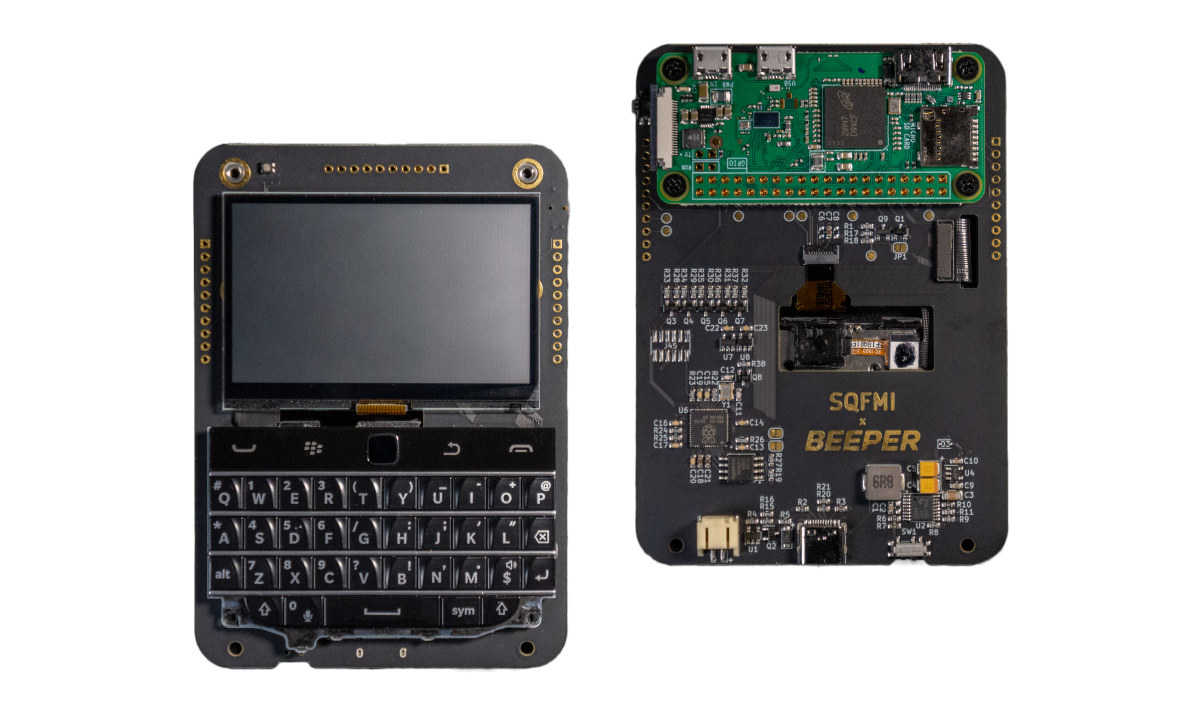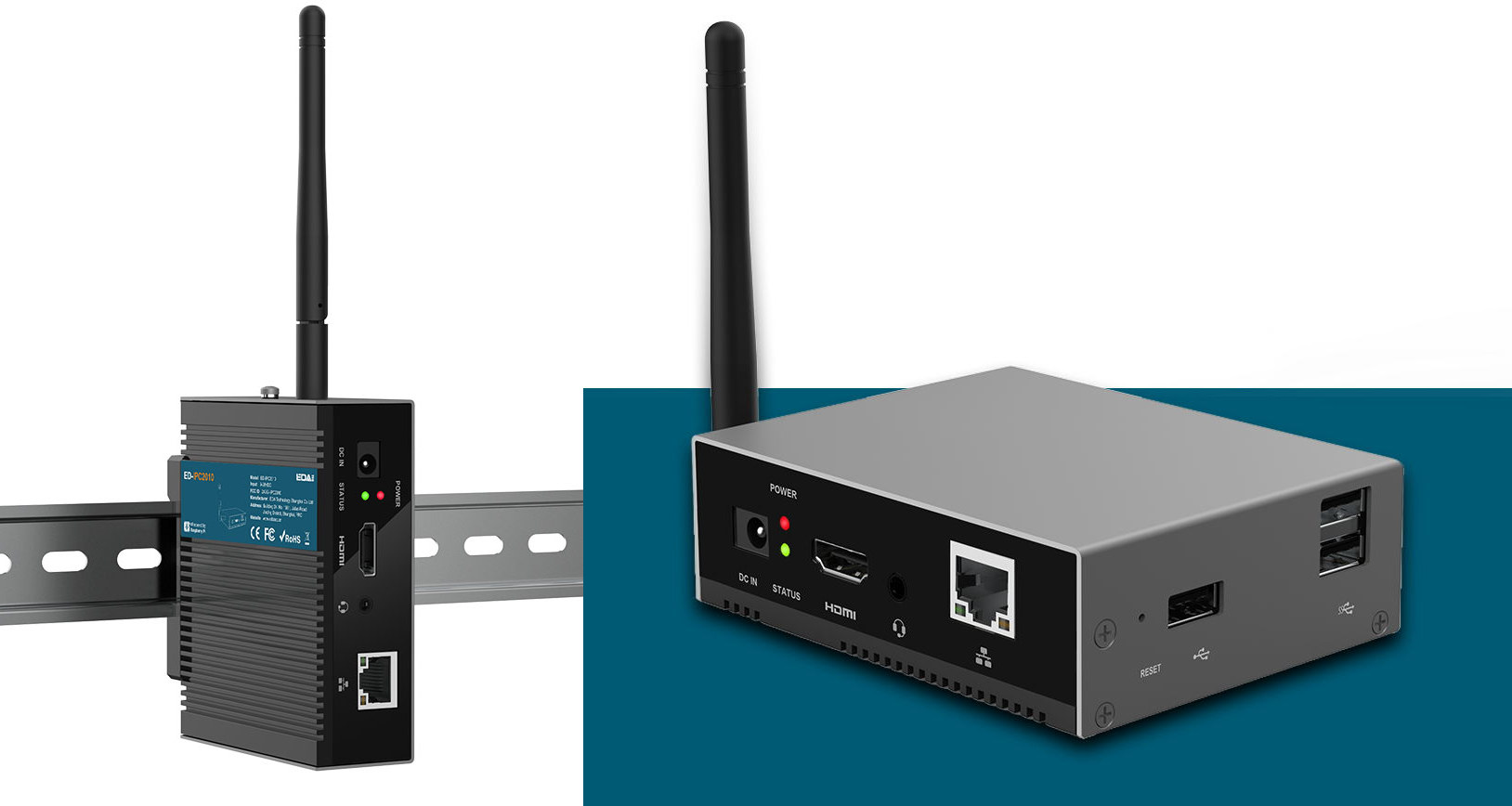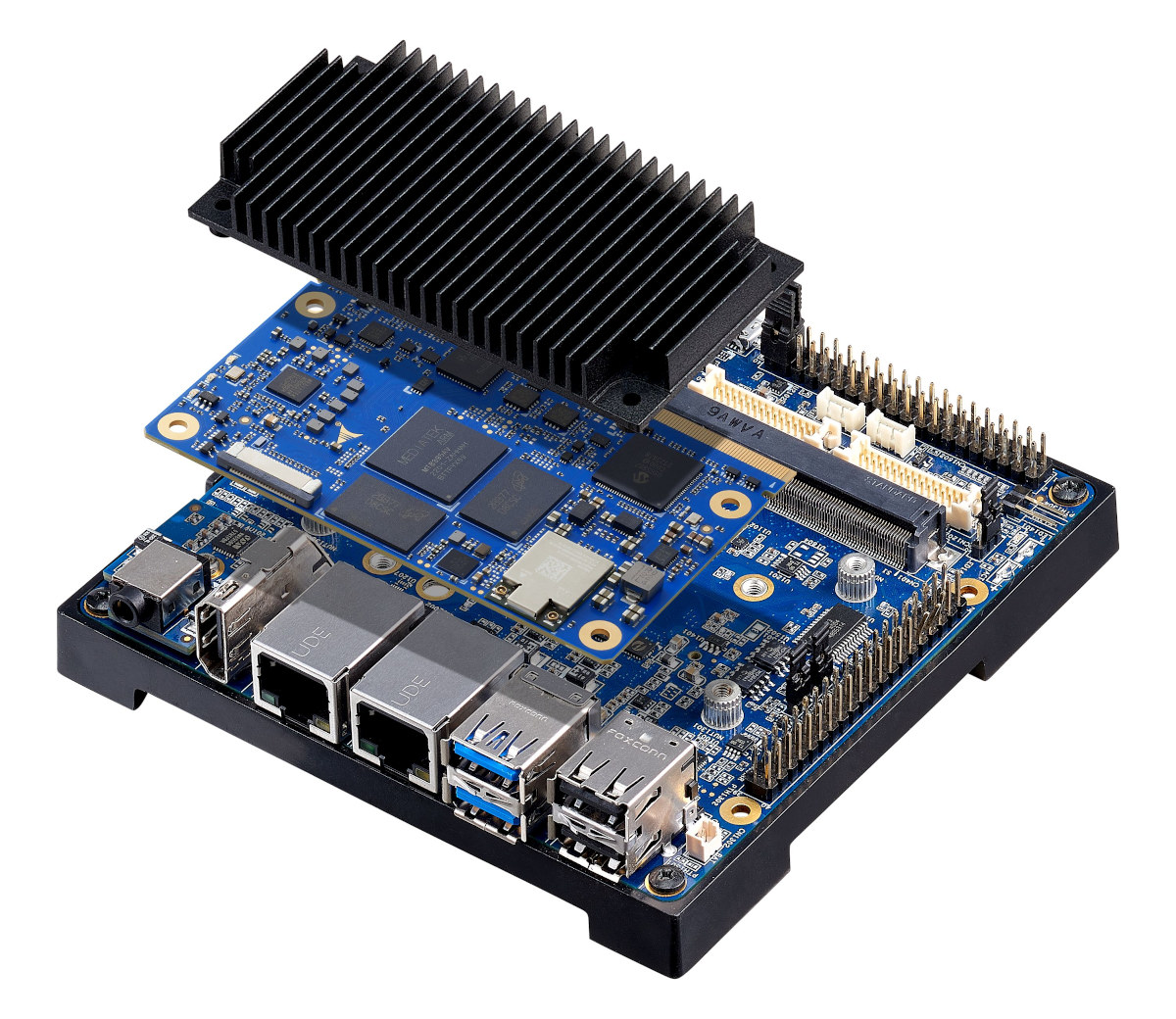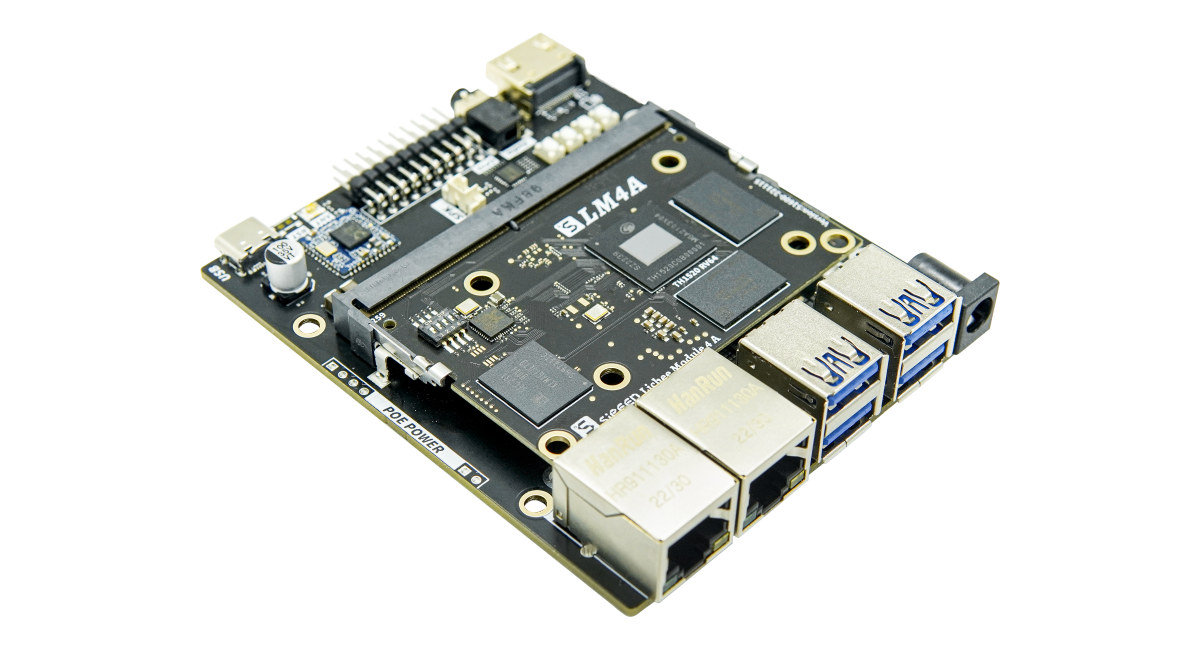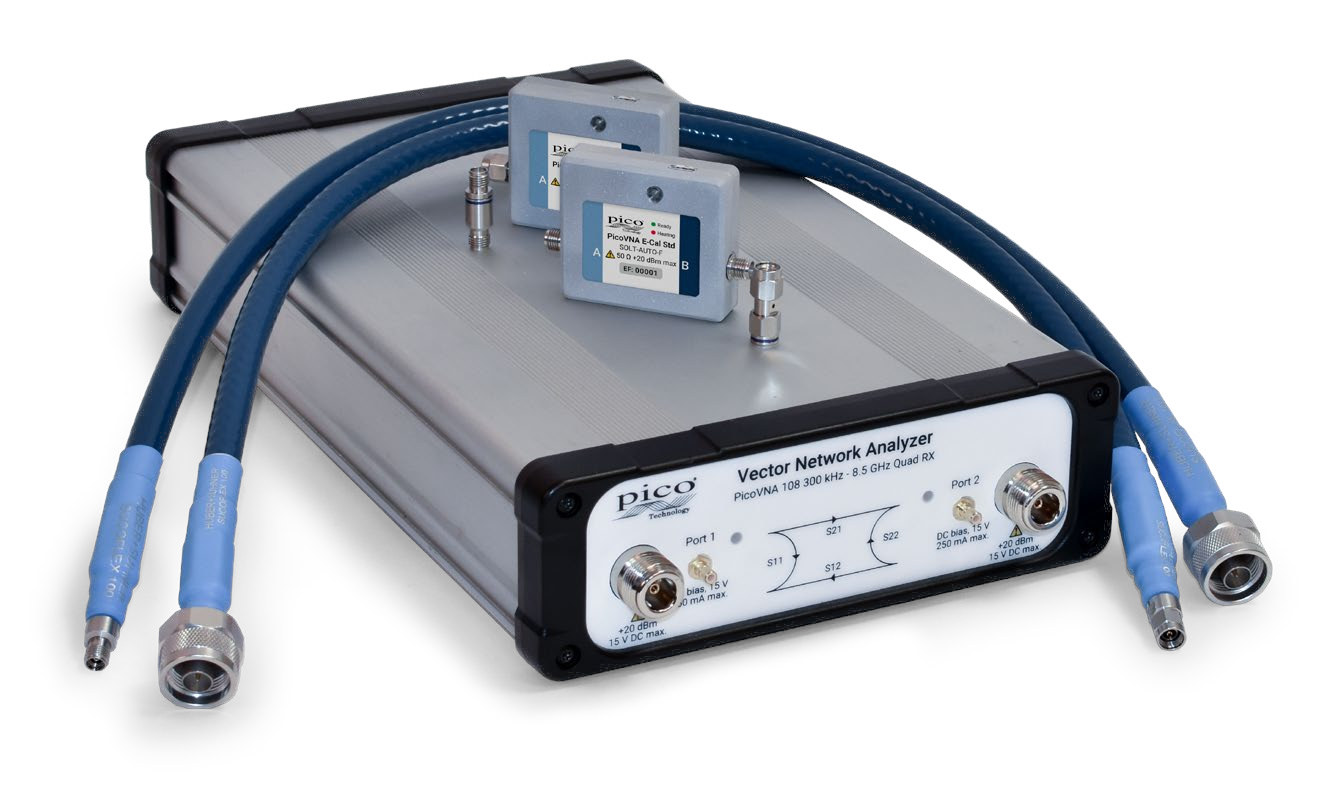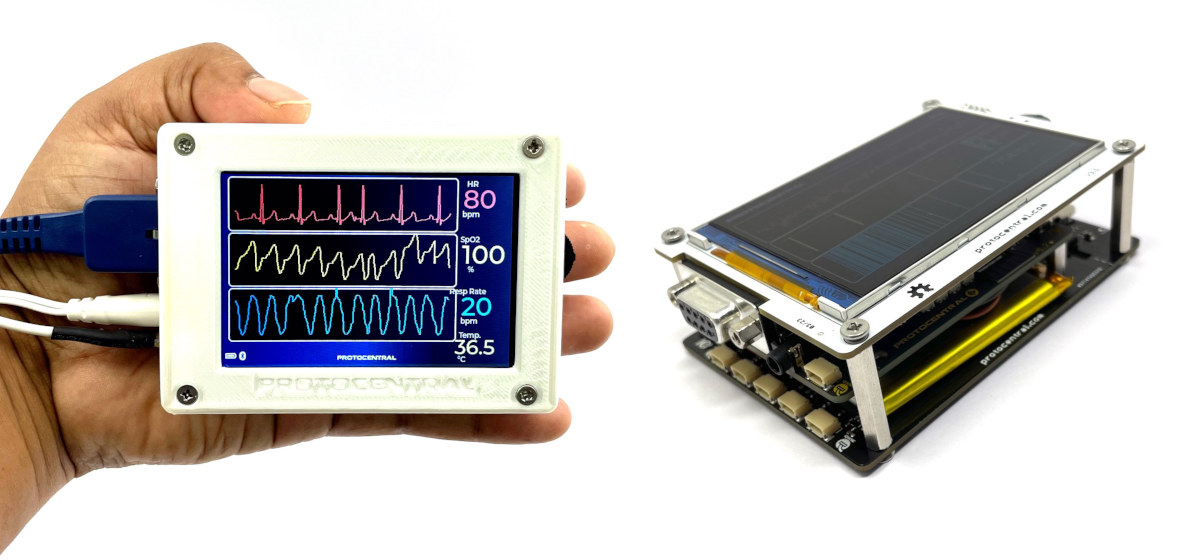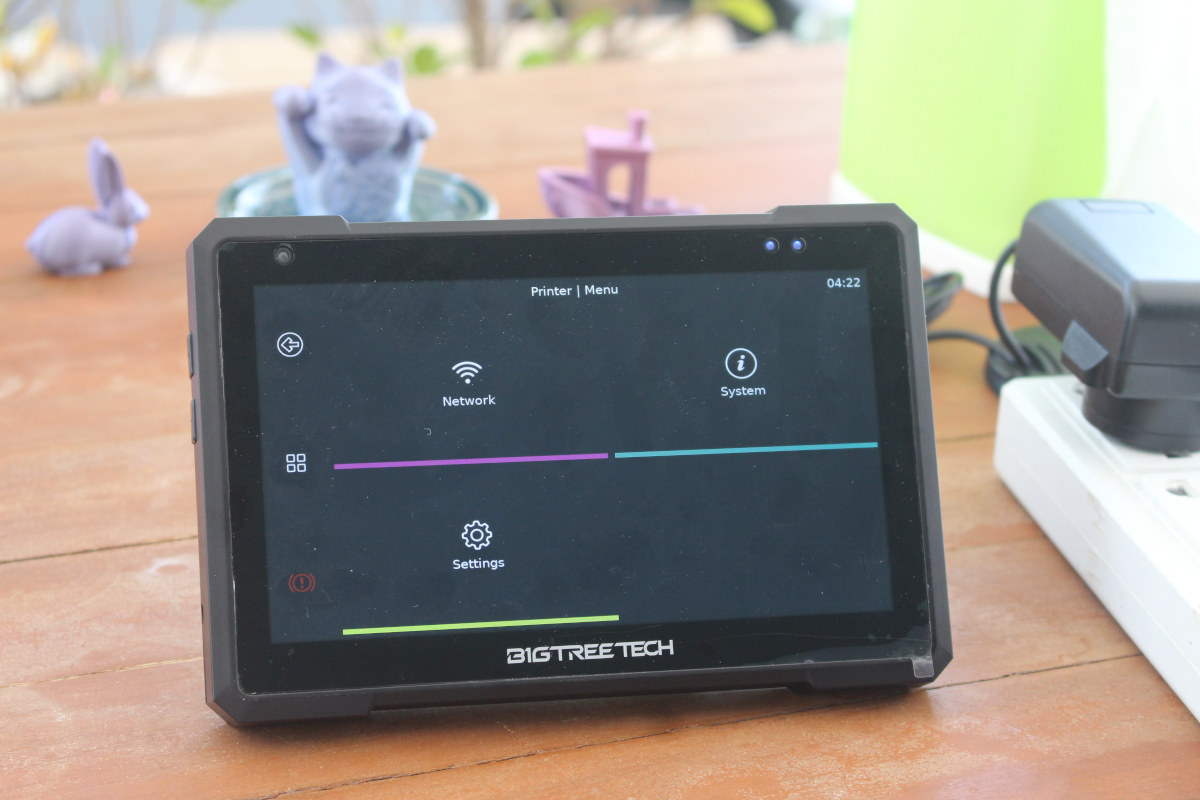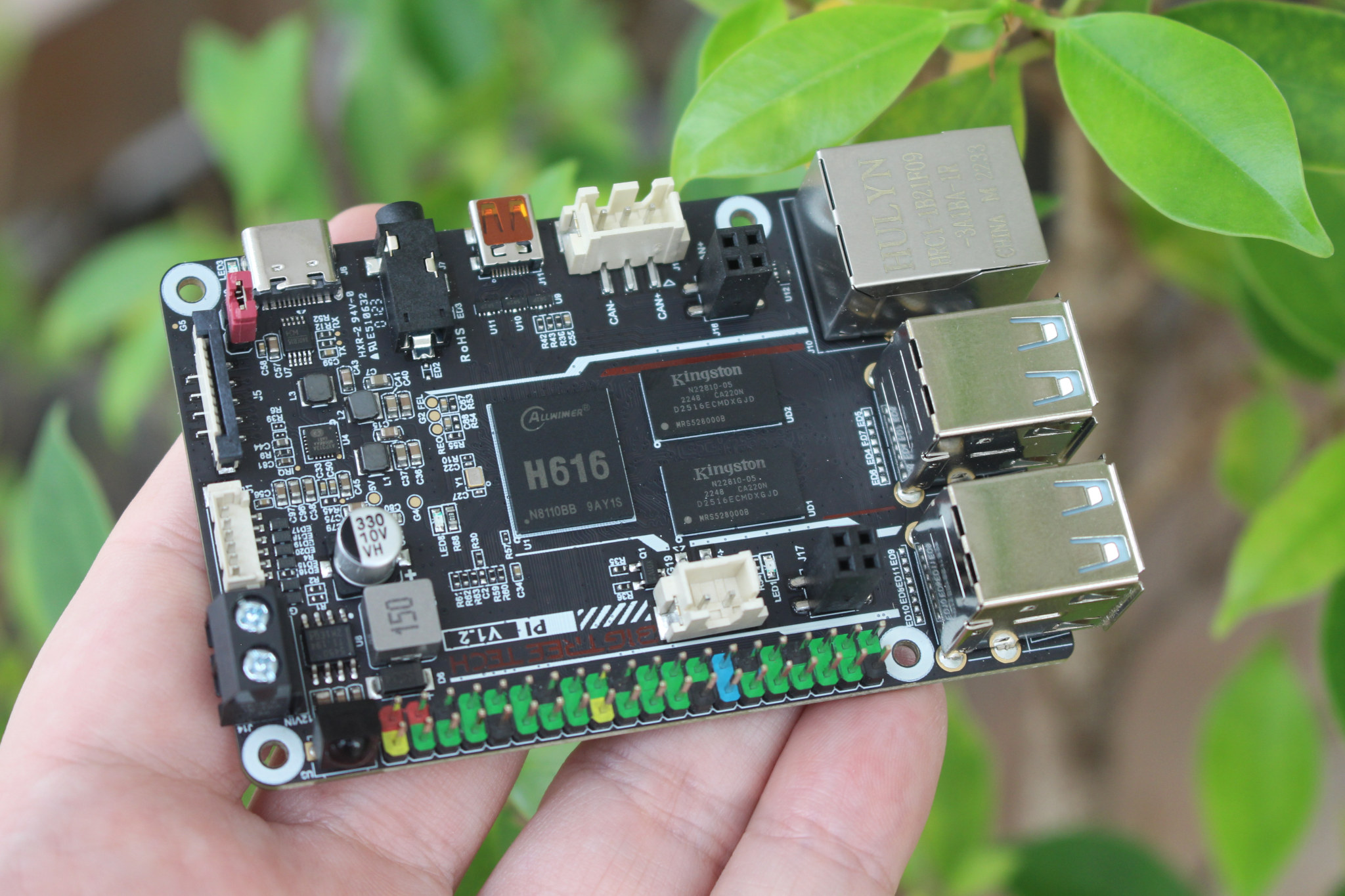Good news! The PocketCHIP handheld Linux computer is back! OK, not quite but that’s what the Raspberry Pi Zero-powered BeepBerry reminds me of with a Blackberry-like keyboard, a small 2.7-inch display, and a 2,000mAh LiPo battery for power. The BeepBerry is another open-source hardware design from SQFMI, who previously did the Watchy ESP32 E-Ink smartwatch, that runs Raspberry Pi OS Lite on the Raspberry Pi Zero/Zero W, and also includes a Raspberry Pi RP2040 to handle the keyboard and peripherals. BeepBerry specifications: SBC – Raspberry Pi Zero board with a Broadcom BCM2835 ARM11 processor @ 700 MHz, VideoCore IV GPU, or Raspberry Pi Zero W with WiFi and Bluetooth Storage – MicroSD card slot Display – Ultra-low power high contrast 2.7-inch Sharp Memory LCD with 400 x 200 resolution User input – QWERTY tactile keyboard w/ backlight and touchpad based on Solder Party BB Q20 Keyboard USB – USB-C programming […]
EDATEC ED-IPC2010 – A compact DIN Rail mountable industrial computer based on Raspberry Pi CM4
EDATEC has launched yet another Raspberry Pi CM4-powered industrial computer with the ED-IPC2010 offering a more compact design than the company’s CM4 Industrial and CM4 Sensing models, and an aluminum alloy enclosure that can easily be mounted to a DIN Rail. Most of the specifications of the new ED-IPC2010 are pretty common with a choice of Raspberry Pi Compute Modules 4 with up to 8GB RAM, 32GB flash, and optional WiFi 5 and Bluetooth 5.0, as well as a full-size HDMI video output, a Gigabit Ethernet port, and a few USB ports. What’s a little different is one FPC connector on the mainboard with both HDMI and USB for touchscreen displays. ED-IPC2010 specifications: SoM – Raspberry Pi CM4 SoC – Broadcom BCM2711 quad-core Cortex-A72 processor @ 1.5GHz with VideoCore VI GPU System Memory – 1GB, 2GB, 4GB, or 8GB RAM Storage – 8GB, 16GB, or 32GB eMMC flash Wireless – […]
MediaTek Genio 1200 system-on-module powers Cortex-A78/A55 AIoT & robotics development kit
ADLINK Technology’s SMARC 2.1 compliant LEC-MTK-I12000 system-on-module (SoM) features the MediaTek Genio 1200 octa-core Cortex-A78/A55 AIoT processor coupled with up to 8GB RAM and 256GB UFS storage, and powers the I-Pi SMARC 1200 development kit designed for robotics and AIoT applications. LEC-MTK-I1200 MediaTek Genio 1200 system-on-module LEC-MTK-I1200 SoM specifications: SoC – MediaTek Genio 1200 (MT8395) octa-core processor with 4x Cortex-A78 cores @ 2.2GHz, 4x Cortex-A55 cores @ 2.0GHz with penta-core Arm Mali-G57 GPU @ 880MHz with support for OpenGL ES 3.2/2.0/1.1, Vulkan 1.1/1.0, OpenCL 2.2, 5.0 TOPS NPU, HiFi 4 audio DSP, etc… System Memory – 4 or 8 GB LPDDR4X Storage – 32, 64, 128, or 256 GB UFS storage, compatible with UFS gear 2.1 Wireless – 802.11b/g/n/ac WiFi 5 2×2 MU-MIMO, Bluetooth 5.0 314-pin MXM connector with Storage – 1x SDIO (4-bit) compatible with SD/SDIO standard, up to version 3.0 Display HDMI 2.0b up to 4Kp60 Dual-channel LVDS […]
Lichee Pi 4A RISC-V SBC takes on Raspberry Pi 4 with TH1520 processor
Lichee Pi 4A is a single board computer (SBC) powered by Alibaba T-Head TH1520 quad-core RISC-V Xuantie C910 processor @ 2.0 GHz with an Imagination GPU and a 4 TOPS NPU for AI that can compete against the Raspberry Pi 4 in terms of performance and features. We previously mentioned the Lichee Pi 4A (LPi4A) in our article about the Sipeed LM4A RISC-V system-on-module, but at the time we only had some benchmarks for the board and no photos and specifications about the SBC. Sipeed has now released photos, published detailed specifications, and is taking orders for the board. So let’s have a closer look. Lichee Pi 4A specifications against the ones for Raspberry Pi 4. The TH1520 used to be advertised at up to 2.5 GHz, but it seems to have now come down to 2.0 GHz. Software support will include Debian, OpenWrt, and Android which should then […]
PicoVNA 5 software for vector network analyzers supports Windows, Linux, MacOS, and Raspberry Pi
Pico Technology has released PicoVNA 5 control software for their vector network analyzers for Windows x86 64-bit, Mac, Linux x86 64-bit, and Raspberry Pi 3 and greater single board computers, superseding the Windows-only PicoVNA 3 software. As a Ubuntu user, I hate it when some hardware tool forces me to install software on Windows when there’s no Linux alternative, so any company that provides cross-platform tools is making the right move. I’m also not quite sure what a “vector network analyzer” (VNA) is, so I’ll first look into the PicoVNA 106 and PicoVNA 108 6/8.5 GHz VNAs from the company. PicoVNA 106/108 vector network analyzers highlights and specifications: Frequency ranges PicoVNA 106 – 300 kHz to 6 GHz PicoVNA 108 – 300 kHz to 8.5 GHz Up to 5500 dual-port S-parameters per second > 10 000 S11 + S21 per second Quad RX four-receiver architecture Up to 124 dB dynamic […]
HealthyPi 5 WiFi & BLE biosignal-acquisition sensor platform captures body temperature, ECG, PPG, SpO₂, and other vitals (Crowdfunding)
HealthyPi 5 is an open-source sensor platform for biosignal acquisition based on Raspberry Pi RP2040 microcontroller and ESP32-C3 WiFi & BLE module used to capture vitals such as electrocardiogram (ECG), respiration, photoplethysmography (PPG), oxygen saturation (SpO₂), and body-temperature data. It is a complete redesign of the HealthyPi v4 Raspberry Pi HAT with many of the same features. While the HealthyPi 5 also follows the Raspberry Pi HAT form factor and can be connected to a Raspberry Pi SBC to analyze the data, it can also be used as a standalone device with the processing handled by the RP2040 dual-core Cortex-M0+ microcontroller and connectivity through an ESP32-C3 wireless module, and data visualized on a 3.5-inch SPI display or a smartphone over WiFi or Bluetooth. HealthyPi 5 specifications: MCU – Raspberry Pi RP2040 dual-core Arm Cortex-M0+ microcontroller @ 133 MHz with 264 KB SRAM Wireless Module – ESP32-C3 RISC-V module with 2.4 […]
BIGTREETECH Pad 7 7-inch 3D printer control display runs Klipper on Allwinner H616 SoM or Raspberry Pi CM4
Yesterday, I wrote about the BTT Pi V1.2 Allwinner H616 SBC designed for 3D printers, but also mentioned I had received the Pad 7 from BIGTREETECH which is a software-compatible, but more complete solution with a 7-inch display and an Allwinner H616-powered CB1 system-on-module compatible with the Raspberry Pi CM4. The BIGTREETECH Pad 7 should be more convenient to use with its integrated 7-inch touchscreen display, and if you ever decided you didn’t need it to control your 3D printer anymore, it could always be used as a small Linux computer running Raspberry Pi OS or another operating system. BIGTREETECH Pad 7 specifications: Supported modules BIGTREETECH CB1 v2.2 (included in the kit) – Allwinner H616 quad-core Cortex-A53 CPU with Mali-G31 MP2 GPU, 1GB RAM, 802.11 b/g/n WiFi 4 Raspberry Pi CM4 module with Broadcom BCM2711 quad-core Cortex-A72 CPU with VideoCore IV GPU, 1 to 8GB RAM, 0 to 32GB eMMC […]
BIGTREETECH Pi v1.2 – A Raspberry Pi-sized Allwinner H616 SBC for 3D printers
BIGTREETECH Pi v1.2, also known as the BBT Pi v1.2, is a Raspberry Pi-sized Allwinner H616 single board computer (SBC) specially designed for 3D printers with many of the same ports as the Raspberry Pi 3/4, but also features 12V-24V DC power input and connectors for the ADXL345 3-axis accelerometer, CAN Bus, and so on. The board is equipped with 1GB RAM, a microSD card slot to run the operating system (Debian 11 with Klipper), a 4K capable micro HDMI port, Fast Ethernet and WiFi 4 networking, four USB ports, and the usual 40-pin Raspberry Pi header. BTT Pi specifications: SoC – Allwinner H616 quad-core Arm Cortex-A53 @ 1.5GHz with Arm Mali G31 MP2 with support for OpenGL ES 3.2 System Memory – 1GB DDR3L SDRAM Storage – MicroSD card slot Video Output Micro HDMI 2.0a port up to 4Kp60 resolution SPI port for display Audio – 3.5mm audio jack […]


